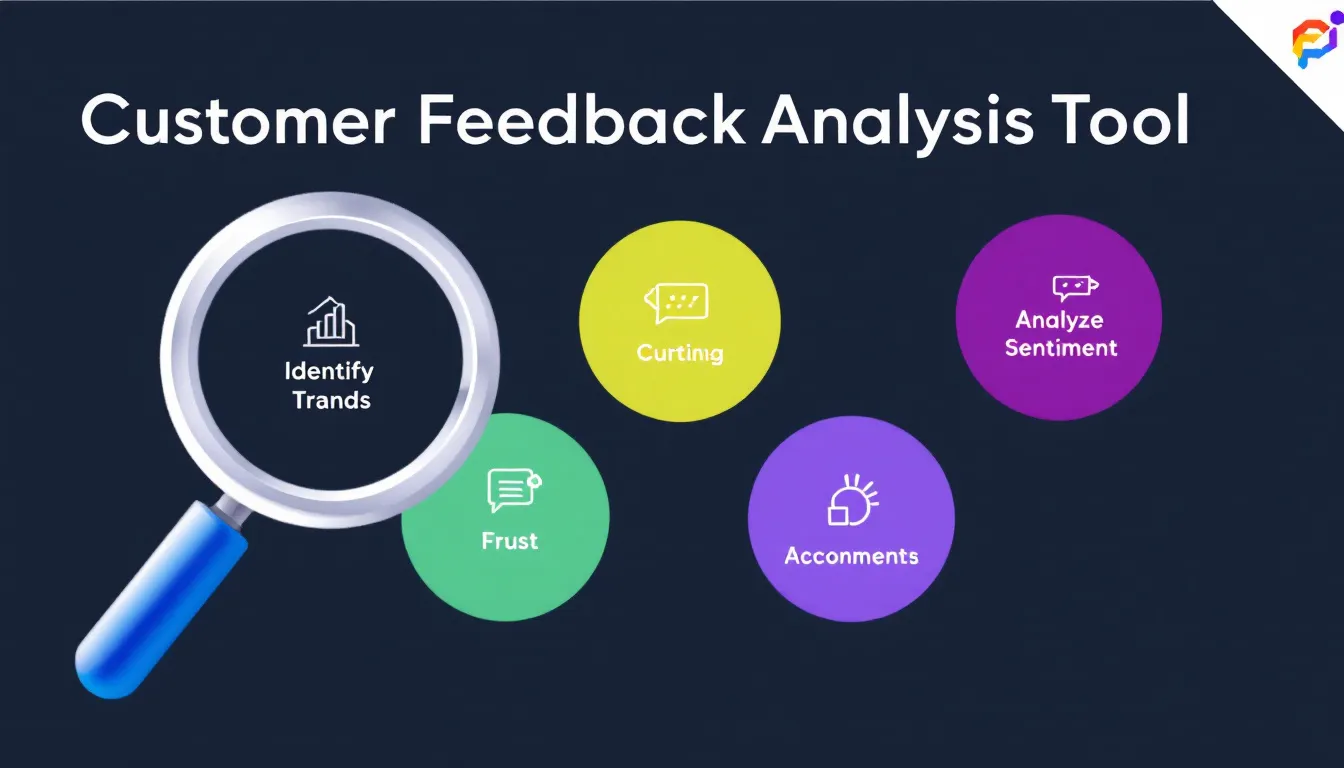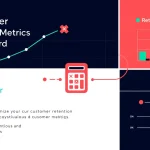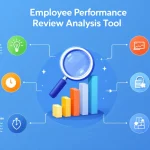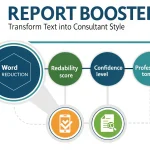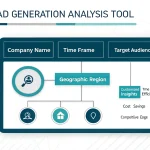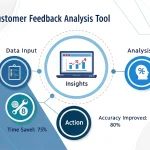Customer Feedback Analysis
Is this tool helpful?
How to Use the Customer Feedback Analysis Tool Effectively
Use this tool to transform raw customer feedback into clear, actionable insights that help improve your products and services. Follow these steps to get started:
-
Enter Customer Feedback Data: Paste the customer comments, reviews, or survey responses you want to analyze. For instance:
- “The app’s login process is quick, but I face frequent disconnections.”
- “I appreciate the detailed product descriptions, but shipping took longer than expected.”
- Specify the Product Name: Provide the product’s name to help the tool tailor the analysis. Examples include “EcoSmart Thermostat” or “GlideRide Electric Scooter.”
- Define Analysis Focus (Optional): Highlight specific elements of the product to concentrate on in the feedback analysis. For example, you might enter “battery life, navigation system” or “packaging durability, delivery speed.”
- Set Time Frame (Optional): Enter the period over which the feedback was collected, such as “Past 2 months” or “January to March 2024,” to give temporal context.
- Analyze Feedback: Click the “Analyze Feedback” button. The tool processes the data and displays a summary of key trends, sentiment analysis, and recommendations.
After submission, review the detailed analysis to identify strengths and weaknesses in your product and develop data-driven improvement plans.
Introduction to the Customer Feedback Analysis Tool
The Customer Feedback Analysis Tool helps you quickly extract meaningful insights from large volumes of customer opinions. It uses advanced natural language processing and machine learning to turn raw feedback into clear, actionable reports.
Purpose and Key Benefits
This tool streamlines feedback analysis by automating complex tasks, saving you time and improving decision-making. Its main benefits include:
- Identifying customer sentiment trends clearly and consistently
- Highlighting product strengths and areas needing improvement
- Prioritizing enhancements based on customer needs and feedback volume
- Monitoring customer satisfaction changes over specific periods
- Enabling faster responses to customer concerns and market shifts
By using this tool, you gain a reliable, data-driven way to improve your products and boost customer satisfaction.
Practical Usage of the Customer Feedback Analysis Tool
This tool provides valuable support across various industries and product types by helping you understand what your customers say and what matters most to them.
Example 1: Enhancing a Mobile App’s User Experience
- Customer Feedback: Hundreds of app store reviews mentioning usability, crashes, and feature requests
- Product Name: QuickTask Manager
- Analysis Focus: User interface, crash reports, feature suggestions
- Time Frame: Last 6 months
The tool analyzes the feedback and reveals:
- Sentiment breakdown: 70% positive, 15% neutral, 15% negative
- UI praised for simplicity by 60% of positive comments
- Frequent crashes reported on certain Android devices
- High demand for offline mode feature
Using these insights, developers can prioritize fixing crash issues and developing offline capabilities while maintaining the intuitive design users appreciate.
Example 2: Optimizing Product Line for a Home Appliances Brand
- Customer Feedback: Thousands of reviews collected from online retailers
- Product Name: HomeEase Appliance Series
- Analysis Focus: Energy efficiency, noise level, durability
- Time Frame: Last 12 months
The analysis highlights:
- High satisfaction with energy efficiency features
- Noise complaints concentrated in specific models
- Requests for longer warranty periods
- Emerging interest in smart-home integration capabilities
This data guides the company to address noise issues, review warranty policies, and explore smart-home features to meet evolving customer demands.
How the Tool Supports Data-Driven Decisions
- Sentiment Analysis: Categorizes feedback as positive, neutral, or negative to give you a clear overview.
- Feature Prioritization: Focuses your improvement efforts on commonly mentioned product aspects with negative sentiment.
- Trend Identification: Tracks shifts in customer preferences and pain points over time.
- Competitive Insight: Extracts competitor mentions to benchmark your product effectively.
- Customer Segmentation: Analyzes feedback by customer groups when data is available, allowing targeted product strategies.
Frequently Asked Questions About the Customer Feedback Analysis Tool
How does the tool categorize and analyze customer feedback?
It uses natural language processing algorithms to detect sentiment and group feedback by topics and product features mentioned. This process helps you see patterns in customer opinions clearly.
Can the tool handle feedback in different languages?
Yes, it supports multiple languages. For best accuracy, analyze feedback collected in one language at a time.
How often should I analyze my customer feedback?
Review feedback based on your product update cycle and feedback volume. Frequent updates benefit from monthly or quarterly analysis, while others may choose semi-annual reviews.
Will the tool integrate directly with my existing feedback platforms?
Currently, you input data manually. We plan to add integrations with common customer feedback systems and CRM platforms in future updates.
How does the tool manage conflicting customer opinions?
It highlights conflicting views as areas where customers disagree, guiding you to explore options for product customization or different marketing strategies.
Can the tool predict future trends?
While it identifies emerging patterns in current feedback that may signal trends, it does not provide definitive predictions. Use these insights as a guide, not a certainty.
How are improvement suggestions prioritized?
The tool weighs feedback frequency, sentiment intensity, and potential impact on satisfaction to prioritize. Your business strategy should also factor into final decisions.
Conclusion
The Customer Feedback Analysis Tool offers a straightforward way for you to convert customer opinions into measurable insights. It proves invaluable for quickly understanding sentiment trends, prioritizing product improvements, and responding effectively to your customers’ needs. Using this tool regularly helps you stay aligned with your market and make informed, data-driven product decisions.
Important Disclaimer
The calculations, results, and content provided by our tools are not guaranteed to be accurate, complete, or reliable. Users are responsible for verifying and interpreting the results. Our content and tools may contain errors, biases, or inconsistencies. Do not enter personal data, sensitive information, or personally identifiable information in our web forms or tools. Such data entry violates our terms of service and may result in unauthorized disclosure to third parties. We reserve the right to save inputs and outputs from our tools for the purposes of error debugging, bias identification, and performance improvement. External companies providing AI models used in our tools may also save and process data in accordance with their own policies. By using our tools, you consent to this data collection and processing. We reserve the right to limit the usage of our tools based on current usability factors.
